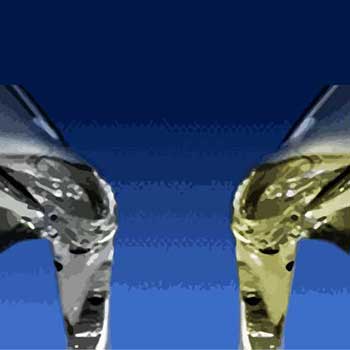
The toxicity of the epoxy resin
About the toxicity of the reaction type resinAmong adhesives and paints, those which use chemical reactions for their hardening and polymerization show a certain degree of toxicity.For epoxy resins and polyurethane resins reactions between main resin ingredients and hardening agents are used, while for polyester resins, catalysts are used as hardening agents or accelerators. Vinyl acetate emulsions (woodwork bonds), starch pastes, and hide glues, which use heat denaturation or evaporative loss of water to cure, are non-reaction adhesives. For example, alkyd-based varnish is a non-reaction type of paint.On the other hand, though a one-liquid type, such as cyanoacrylate (superglue) which is cured by moisture in the air, has reactivity.Reaction type adhesives are believed to be reactive to the human body and there are sensitization characteristics, even though there might be different degrees of reactivity.The toxicity, as heretofore referred, of the resin on human body occurs only when people are working on the adhesion or painting. The resins or paints which have hardened or cured, have lost their reactivity, of course, and, therefore, are considered non-toxic.The toxicity of the epoxy- based adhesive occurs when the main agents (epoxy resin) and hardening agent (polyamide amine) are liquids. This means that if you forgot to put on gloves and you touch it with your hand before hardening, you might get a reaction. However, once hardened (cured), it becomes a three-dimensional resin and toxicity is virtually eliminated. What is the harm of the epoxy adhesive?Specifically, it is a concern with the low molecular weight polyamines included in the hardening agent (polyamide amines) causing contact dermatitis skin reactions.”This is similar to the lacquer rash.When you are scraping the solidified body of epoxy resin, you should be careful to put on a mask and use a fan or blower to prevent inhaling the dust. If any instrumentation comes into contact with the epoxy resin, you should wipe it with tissue paper moistened with paint thinner. In case you get any epoxy resin on your skin, clean it off immediately with water.

